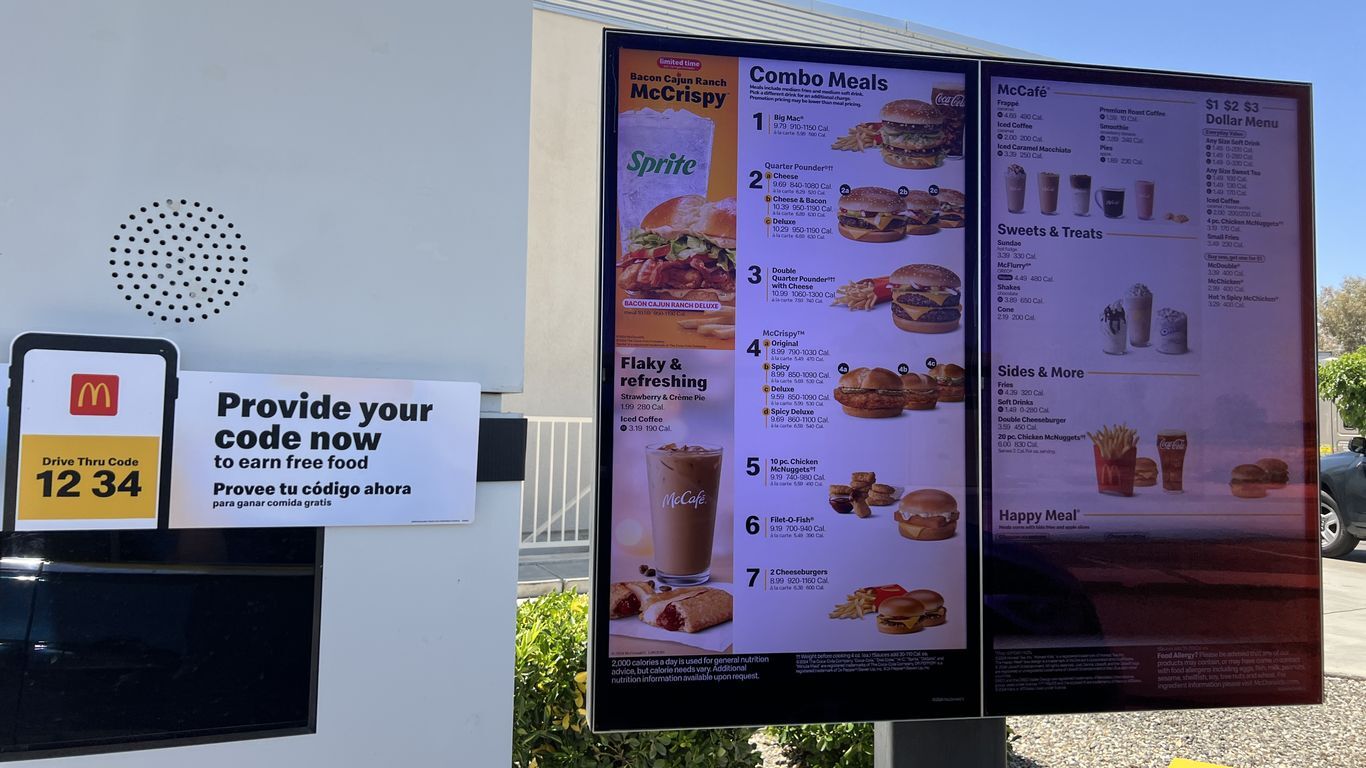
McDonald’s is killing its AI drive-thru order experiment — at least for now — after social media reports of bizarre mistakes.
Read the full article at: www.axios.com

McDonald’s is killing its AI drive-thru order experiment — at least for now — after social media reports of bizarre mistakes.
Read the full article at: www.axios.com

Discover five must-read books on AI and ChatGPT in education, recommended by educators. These books offer practical insights and strategies to enhance teaching with AI.
I’ve read far too many books on ChatGPT and artificial intelligence.
Almost all of them are a waste of time when it comes to applying them to education.
But, there are five books educators on LinkedIn, X (formerly Twitter) and Facebook have recommended. And it’s these five books I recommend to every educator exploring AI.
Read the full article at: www.forbes.com

By enabling abilities like context and natural conversation, generative AI technology could bring us actually useful digital assistants.
Voice assistants hold so much promise, but in the decade-plus since Apple’s Siri and Amazon’s Alexa first wormed their ways into our lives, their most compelling use is still setting timers. Competition from Google’s Assistant (and if we’re being charitable, Samsung’s Bixby) failed to light the spark of innovation in this space, and in many ways, voice control has regressed. These assistants regularly misunderstand, mishear, and sometimes just don’t listen at all. They’re a far cry from the proactive, actually smart digital assistants they were originally pitched as.
Read the full article at: www.theverge.com
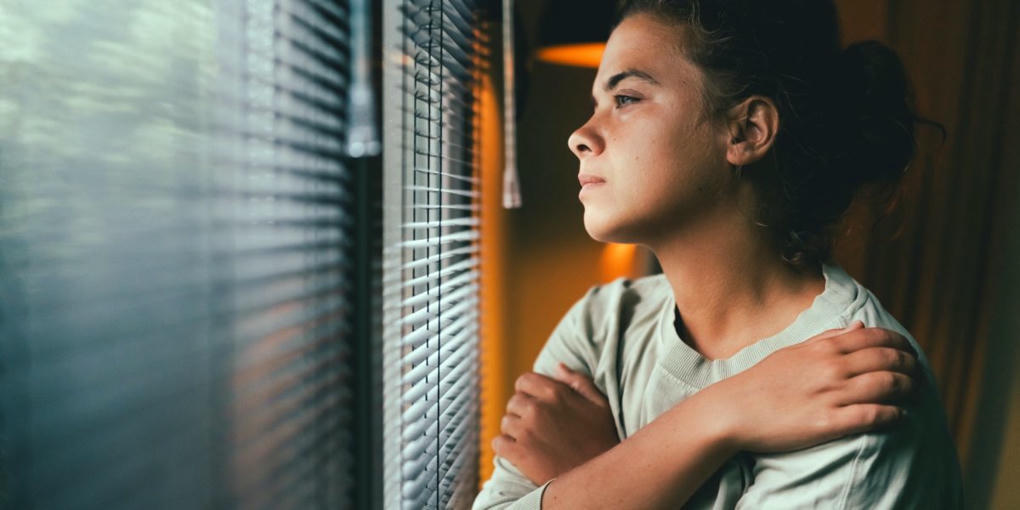
A new report reinforces that the virus is not going away. Even as national institutions struggle to coordinate meaningful trials for possible long COVID treatments, researchers continue to tally the damage. New findings suggest that the disease’s reach isn’t merely long—it’s still growing. Three years after their initial bouts with COVID-19, patients who’d once been hospitalized with the virus remained at “significantly elevated” risk of death or worsening health from long COVID complications, according to a paper published May 30, 2024 in Nature Medicine. Even among those whose initial cases didn’t require a hospital stay, the threat of long COVID and several of its associated issues remained real, the researchers found. And cumulatively, at three years, long COVID results in 91 disability-adjusted life years (DALY) per 1,000 people—DALYs being a measure of years lost to poor health or premature death. That is a higher incidence than either heart disease or cancer.
Read the full article at: fortune.com
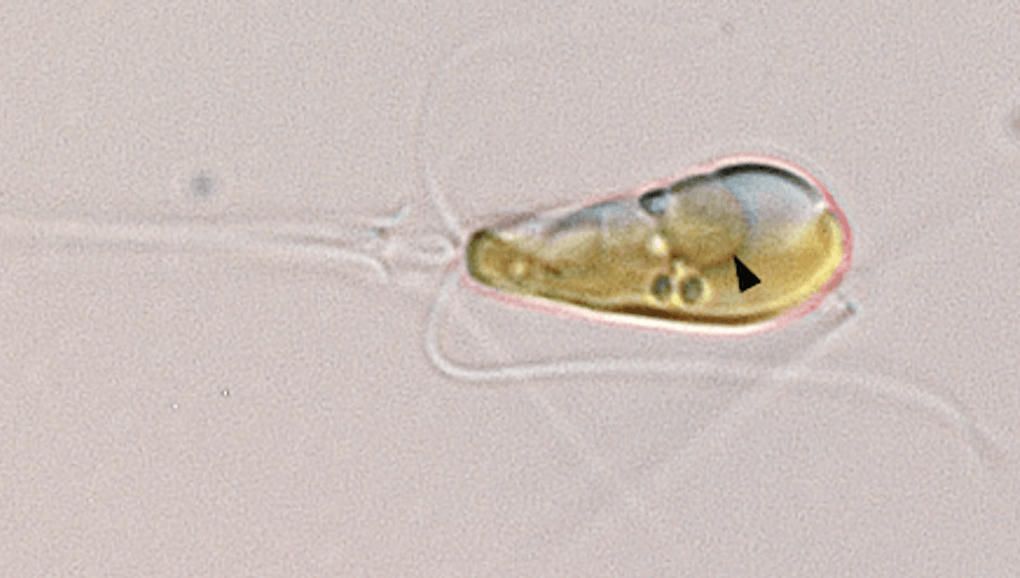
The first-ever nitrogen-fixing organelle in a eukaryotic cell has been confirmed.
An event that is only known to have happened three times before in the history of life on Earth has just been documented again. A marine bacterium was subsumed into its algal host organism, co-evolving with it for long enough that it can now be considered an organelle, part of the alga’s cellular machinery. That means these algae are the first eukaryotes (organisms with their DNA in a membrane-bound nucleus) known to contain an organelle capable of fixing nitrogen.
“It’s very rare that organelles arise from these types of things,” said Tyler Coale, first author of one of two recent papers on the discovery, in a statement.
“Very rare” could actually be considered an understatement. The first time this happened – as far as we know – it gave rise to the very first complex life by birthing mitochondria. Since then, it’s happened twice more, including over a billion years ago, marking the dawn of plant life on Earth by giving us the chloroplast.
The groundwork for the latest finding was laid almost 30 years ago, when a team led by UC Santa Cruz Professor Jonathan Zehr discovered a new cyanobacterium in the Pacific Ocean with the ability to fix nitrogen. That’s the process by which microbes pull free nitrogen from the environment and combine it with other elements to form new nitrogen compounds, like the fertilizers that are essential for life to thrive.
Read the full article at: www.iflscience.com
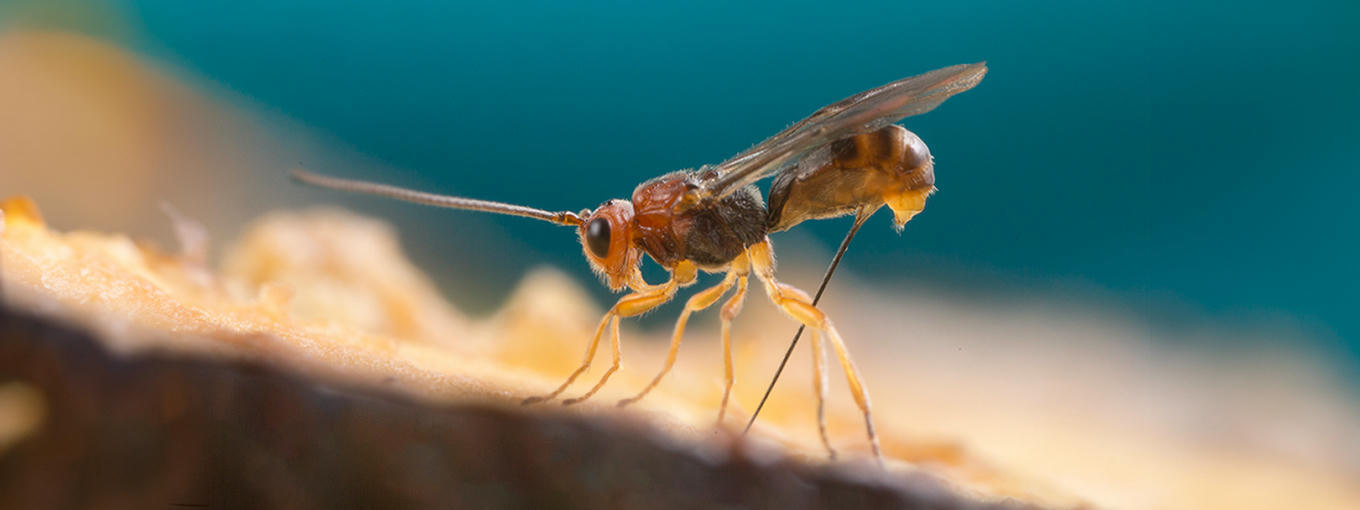
To protect and rear their young, some insects have transformed wild viruses into tiny biological weapons. If you puncture the ovary of a wasp called Microplitis demolitor, viruses squirt out in vast quantities, shimmering like iridescent blue toothpaste. “It’s very beautiful, and just amazing that there’s so much virus made in there,” says Gaelen Burke, an entomologist at the University of Georgia. M. demolitor is a parasite that lays its eggs in caterpillars, and the particles in its ovaries are “domesticated” viruses that have been tuned to persist harmlessly in wasps and serve their purposes. The virus particles are injected into the caterpillar through the wasp’s stinger, along with the wasp’s own eggs. The viruses then dump their contents into the caterpillar’s cells, delivering genes that are unlike those in a normal virus. Those genes suppress the caterpillar’s immune system and control its development, turning it into a harmless nursery for the wasp’s young.
The insect world is full of species of parasitic wasps that spend their infancy eating other insects alive. And for reasons that scientists don’t fully understand, they have repeatedly adopted and tamed wild, disease-causing viruses and turned them into biological weapons. Half a dozen examples already are described, and new research hints at many more. By studying viruses at different stages of domestication, researchers today are untangling how the process unfolds.
Read the full article at: knowablemagazine.org
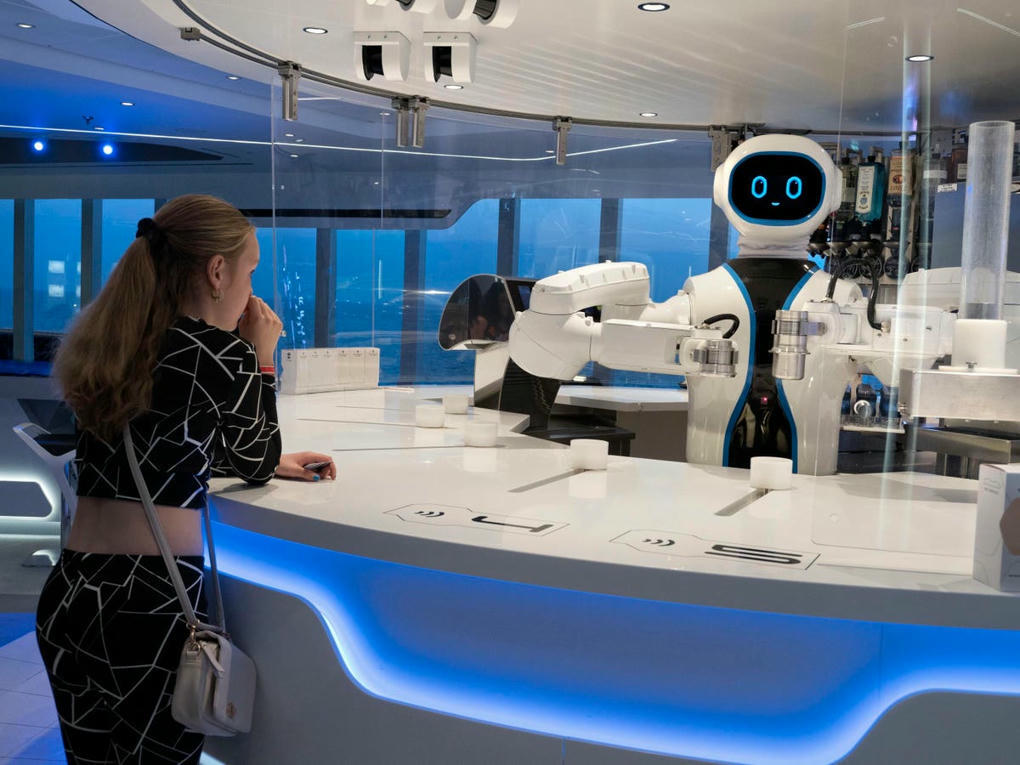
In the vibrant world of bartending, where every cocktail tells a story and every mix is an art, a new chapter is being stirred by Artificial Intelligence (AI). This isn’t a tale of machines replacing the human touch but one where technology and tradition blend to create a new era of mixology. From AI recommendations to robotic bartenders, this blog explores how AI is not just changing the way drinks are served but is enriching the very essence of bartending.
Bartending, a craft that combines skill, creativity, and an understanding of flavors, is embracing AI, not as a replacement but as a complement. AI in bartending isn’t about removing the bartender; it’s about enhancing their capabilities and offering them new ways to delight their patrons. Consider, while there is a wide assortment of drink recipes, bartenders find more and more patrons are looking for unusual, or at least specialized, drinks based on their individual palettes. This ranges not just on the type of alcohol but the level of sweetness, bitterness, peatyness, etc. In essence, people want a strong level of individual taste presences for their drinks.
Read the full article at: www.forbes.com
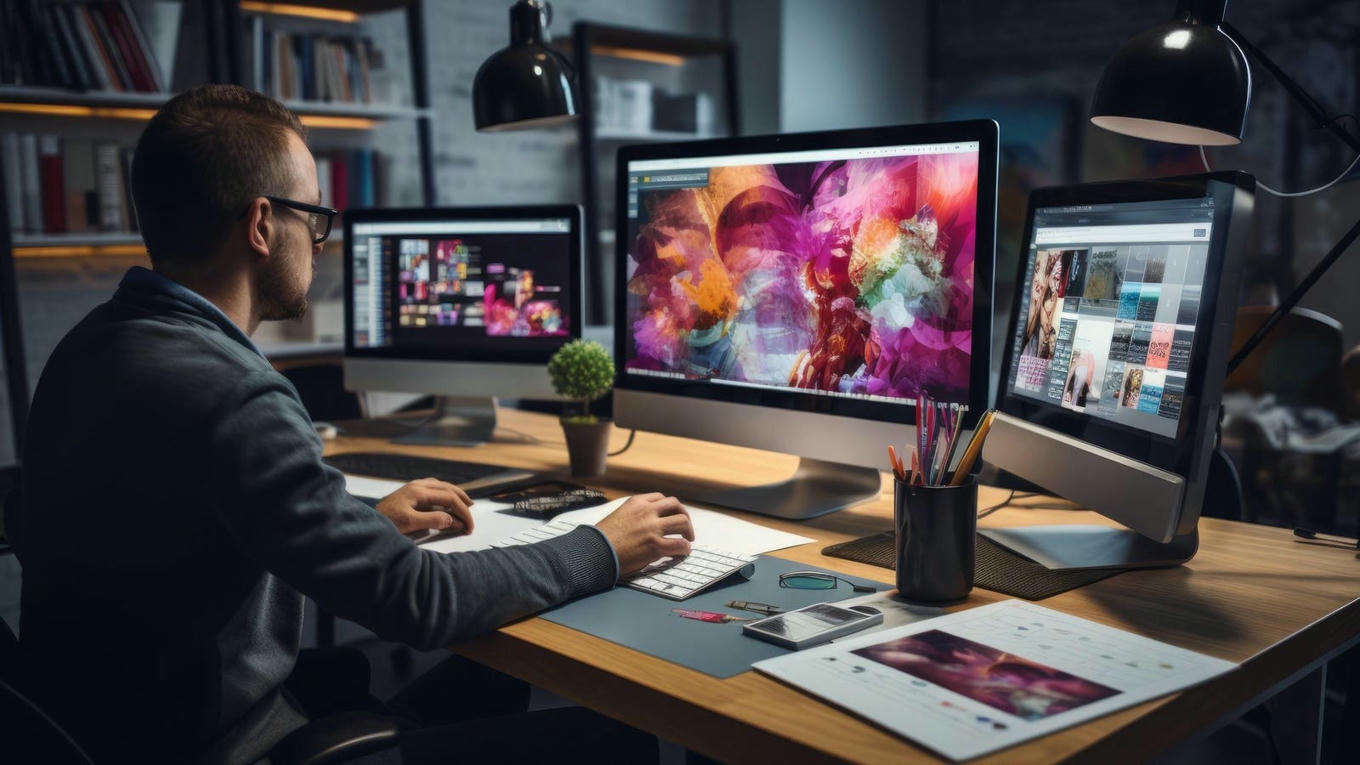
By definition, artists and designers are creative people. They work in these jobs because they have talent and skills that they love to share with the world.
So, it isn’t surprising that many of them are cautious or distrustful about the impact generative AI will have on their professional lives.
However, like writers, architects, and other creative professionals, many find that it creates opportunities to work more efficiently and even enhance their creativity.
Generative AI is transforming most industries, and the creative fields of art and design are certainly no exception. But by embracing it, artists, designers, illustrators, and animators could find themselves spending more of their time on the aspects of their work they are passionate about and less on the routine and mundane elements they’d rather skip over.
Read the full article at: www.forbes.com
Eleven years of wonder, exploration, observation, study, making, remaking, and countless hours of grinding and polishing. Oftentimes, in the grueling tension of discovery, beauty emerges in so many ways. Thanks for taking the time to wonder what emerged from our collaboration with Destin and Smarter Every Day. Cal has created twenty signed and serialized Prince Rupert’s Drop-inspired pieces entitled, The Beauty in Tension – gradually he will produce more.
Read the full article at: www.calbreed.com
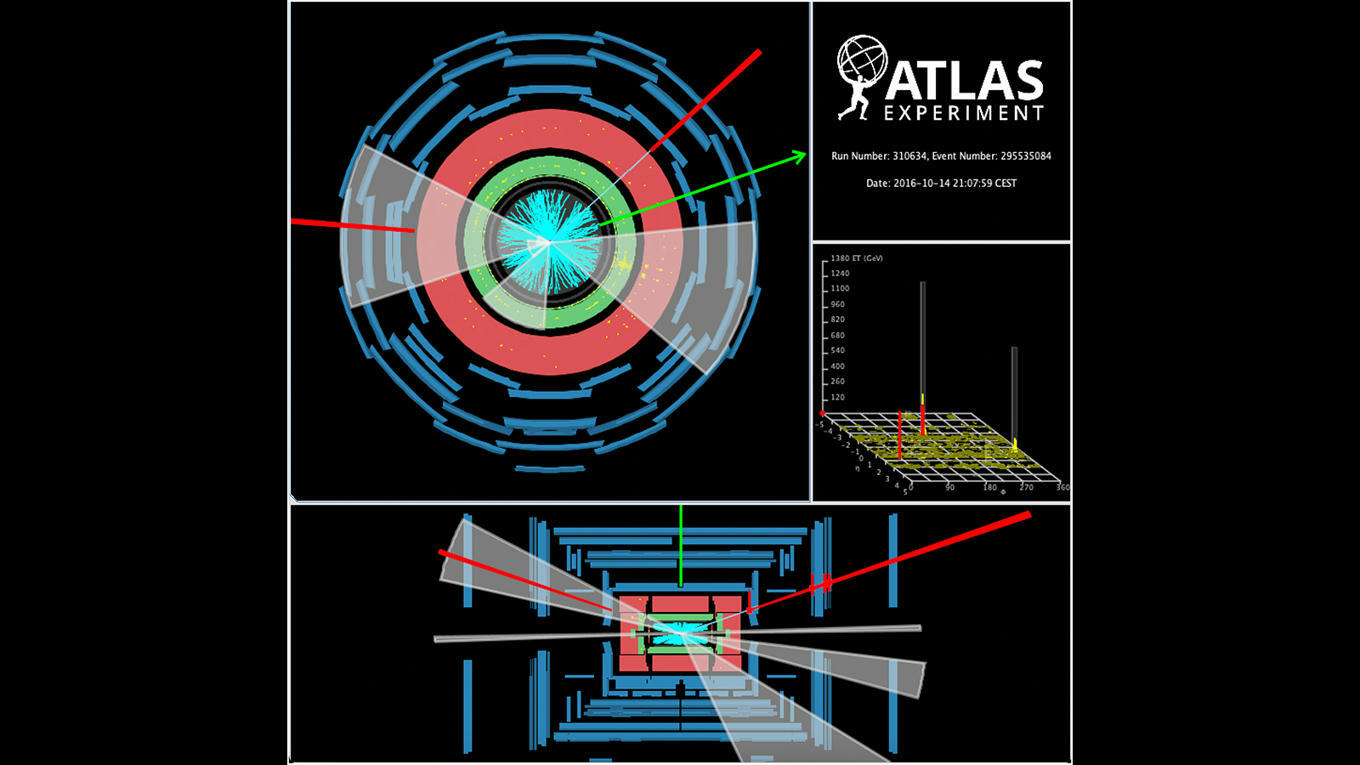
Scientists used a neural network, a type of brain-inspired machine learning algorithm, to sift through large volumes of particle collision data.
For over two decades, the ATLAS particle detector has recorded the highest energy particle collisions in the world within the Large Hadron Collider (LHC) located at CERN, the European Organization for Nuclear Research. Beams of protons are accelerated around the LHC at close to the speed of light, and upon their collision at ATLAS, they produce a cascade of new particles, resulting in over a billion particle interactions per second.
Particle physicists are tasked with mining this massive and growing store of collision data for evidence of undiscovered particles. In particular, they’re searching for particles not included in the Standard Model of particle physics, our current understanding of the universe’s makeup that scientists suspect is incomplete.
As part of the ATLAS collaboration, scientists at the U.S. Department of Energy’s (DOE) Argonne National Laboratory and their colleagues recently used a machine learning approach called anomaly detection to analyze large volumes of ATLAS data. The method has never before been applied to data from a collider experiment. It has the potential to improve the efficiency of the collaboration’s search for something new. The collaboration involves scientists from 172 research organizations.
The team leveraged a brain-inspired type of machine learning algorithm called a neural network to search the data for abnormal features, or anomalies. The technique breaks from more traditional methods of searching for new physics. It is independent of — and therefore unconstrained by — the preconceptions of scientists.
Read the full article at: www.anl.gov